
Millions of Muslim pilgrims from around the world are gathering in the holy city of Mecca, Saudi Arabia, to perform six-day Hajj rituals. The once in a lifetime journey takes place in the 12th and final month of the Islamic lunar calendar, aligned with the Eid al-Adha celebrations which begin on August 11 and end on August 15. But a lot goes into the world's largest gathering of humans. Here are five facts you probably don't know about the Hajj.
Fact No. 1: Cleansing of the soul
Hajj, which means "pilgrimage" in Arabic, is a spiritual journey undertaken to cleanse the soul and move closer to the God. It is one of the five pillars of Islam including five daily prayers, Ramadan fast, annual charity, and reciting the Muslim profession of faith. Hence, it is obligatory for every Muslim to embark on this sacred journey at least once in his/her lifetime, if he/she is physically fit and can afford it.
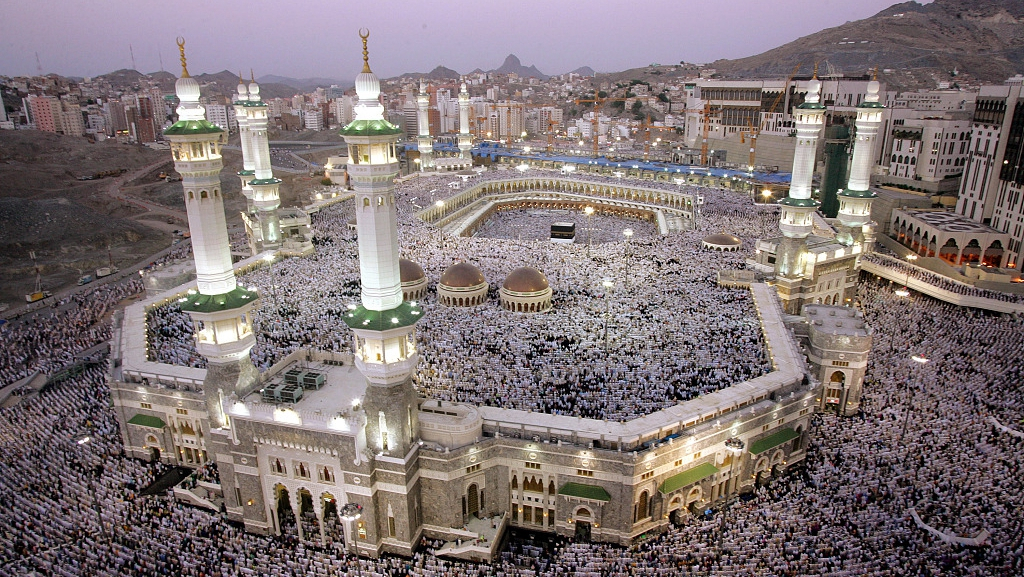
Pilgrims perform evening prayers in Mecca's Grand Mosque for the annual Hajj pilgrimage in the holy city of Mecca, Saudi Arabia, October 8, 2013. /VCG Photo
Fact No. 2: The black cube
Billions of Muslims face the direction of the Kaaba, which means "cube" in Arabic, five times a day when they pray. It is the most sacred site in Islam, located at the heart of Mecca's Grand Mosque. Kaaba is a stone structure which the Quran says was the first ever house of worship for Muslims. The Kaaba is covered with a black silk cloth which weighs more than 650 kilograms, and is embroidered with 120 kilograms of gold and 20 kilograms of silver thread.
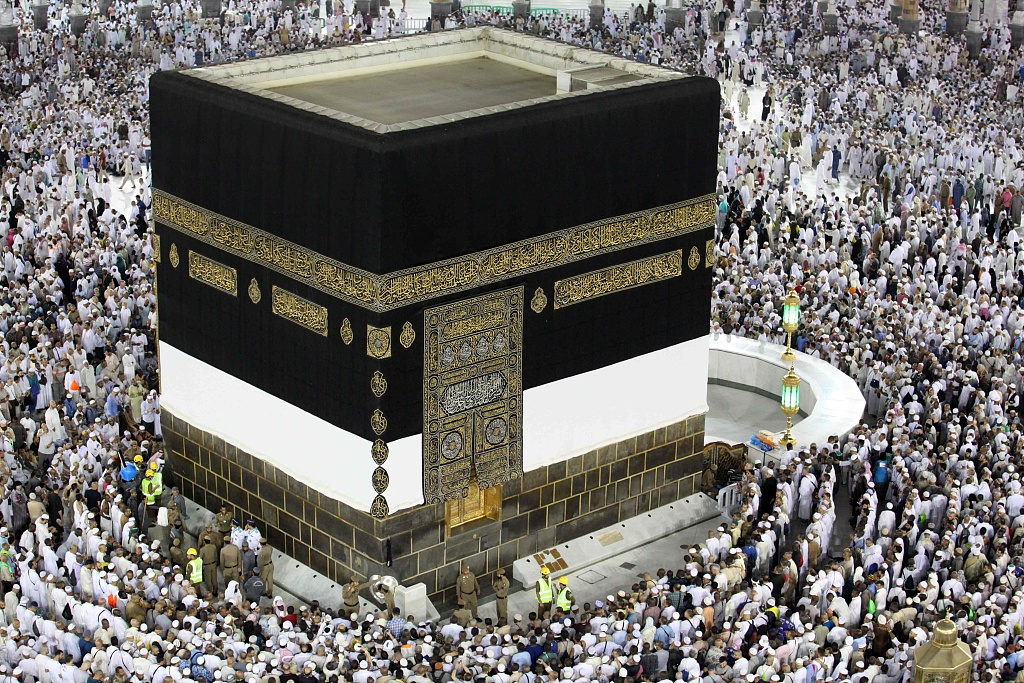
Muslim worshipers perform the evening prayers at the Kaaba, Islam's holiest shrine, at the Grand Mosque in Saudi Arabia's holy city of Mecca, August 25, 2017. /VCG Photo
Fact No. 3: The sacred journey
The journey begins at the Kaaba with pilgrims circling the black cube seven times anticlockwise; the number "7" is associated with the divine in many religions including Hinduism, Christianity and Judaism. The second stop is Mina where they read Quran and then climb Mount Arafat, where Prophet Muhammad preached his last sermon in 632 A.D. On their way back to Mina, pilgrims collect pebbles for the stoning ritual. The following day they throw stones at the three pillars representing the devil in Mina. The final destination is Kaaba, where they end their journey by circling it seven more times.
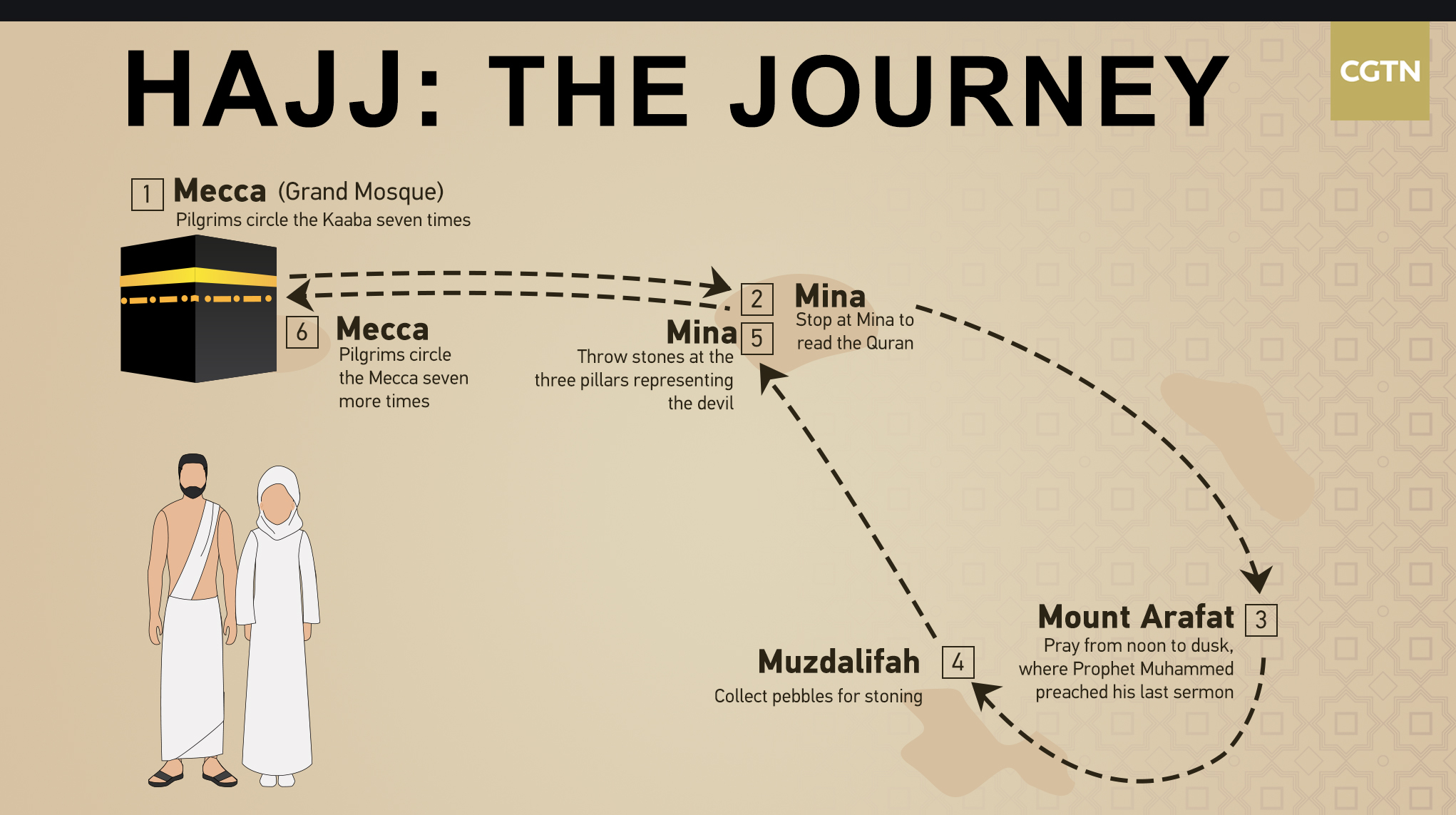
CGTN infographics
Fact No. 4: Restrictions
The government of Saudi Arabia forbids non-Muslims from performing the Hajj. However, 80 percent of the pilgrims are not Arabic speakers. Children can accompany their parents but that does not fulfill their religious obligation of performing the Hajj since they are not fully mature. Women below the age of 45 are supposed to be accompanied by an appropriate male guardian, though this rule does not apply to women from the Shia sect of Islam. Women are not allowed to wear niqabs and burqas, and men are required to cover their bodies with two white cloths, one that reaches to the waist and one around their shoulders. Taking selfies and photographs are not allowed at various holy sites in Mecca.
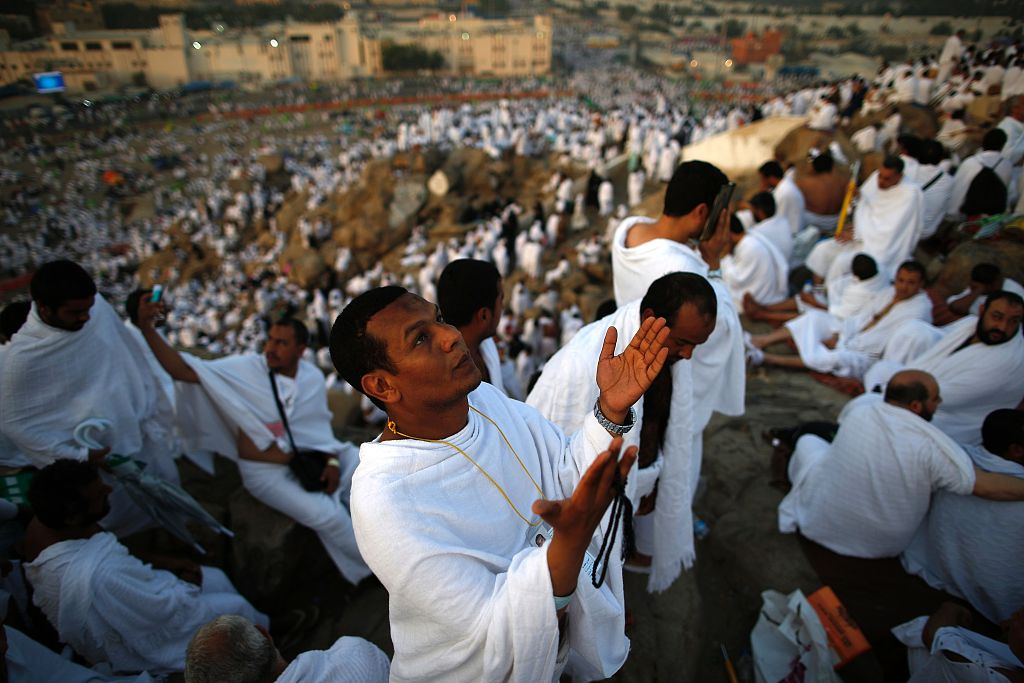
Muslim pilgrims join one of the Hajj rituals on Mount Arafat near Mecca, Saudi Arabia, September 11, 2016. /VCG Photo
Fact No. 5: Chinese Muslims in Mecca
Over two million Muslims from around the world embark on this spiritual journey every year. For many poor Muslims, it's a lifelong dream that's buried with them at the end of their lives. A Hajj package on average costs 4,500 U.S. dollars. However, in China the government is helping thousands of ethnic minorities in fulfilling one of five most important tasks of Islam. In recent years, the Islamic Association of China (IAC) has negotiated and signed agreements with relevant Saudi authorities regarding pilgrimage services for Chinese Muslims.
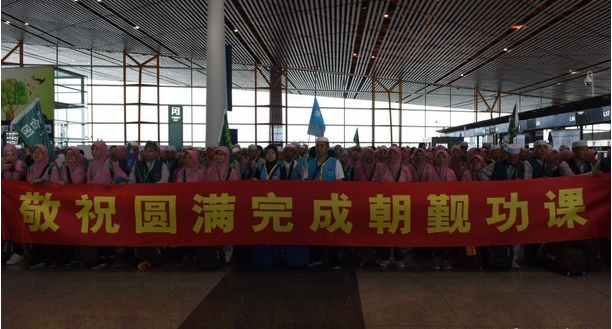
Chinese pilgrims before leaving for Mecca, in Beijing, July 13, 2019. /Courtesy of Islamic Association of China
In 2017, more than 12,000 Chinese Muslims from Xinjiang Uygur Autonomous Region, Guangxi Zhuang Autonomous Region, Ningxia Hui Autonomous Region, Yunnan and Gansu provinces went on the Hajj. Special direct chartered flights are operated from Beijing to Mecca, and then local transportation in the holy city is also provided to attend the prayers. In 2018, over 11,000 Chinese pilgrims went to the Hajj. The IAC also hired more than 600 people to provide religious guidance, transportation, translation services, medical assistance, epidemic prevention, security and accommodation to the pilgrims.
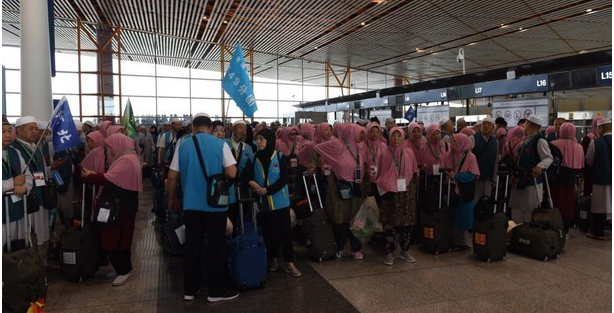
Chinese pilgrims before leaving for Mecca, in Beijing, July 13, 2019. /Courtesy of Islamic Association of China
In July this year, over 11,000 Muslims from northwest China's Xinjiang Uygur Autonomous Region enjoyed the arrangements made by the local government during their overseas trip. "Organizing pilgrims to successfully perform the Hajj shows the Xinjiang government's commitment to religious freedom and care to religious believers," Aibaidula Saidula, head of the Xinjiang Muslim hajj group, told the Global Times.

Copyright © 2018 CGTN. Beijing ICP prepared NO.16065310-3
Copyright © 2018 CGTN. Beijing ICP prepared NO.16065310-3